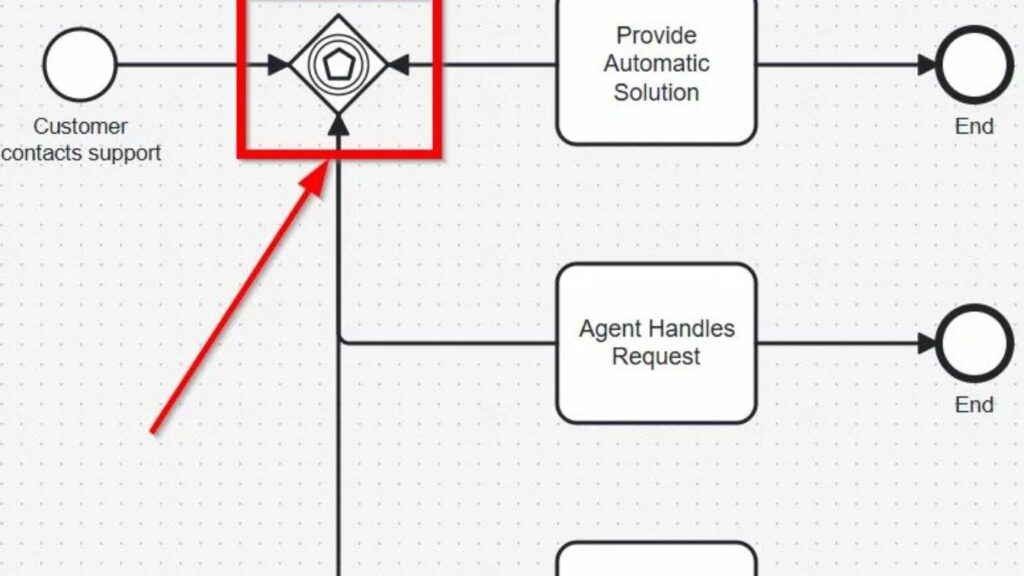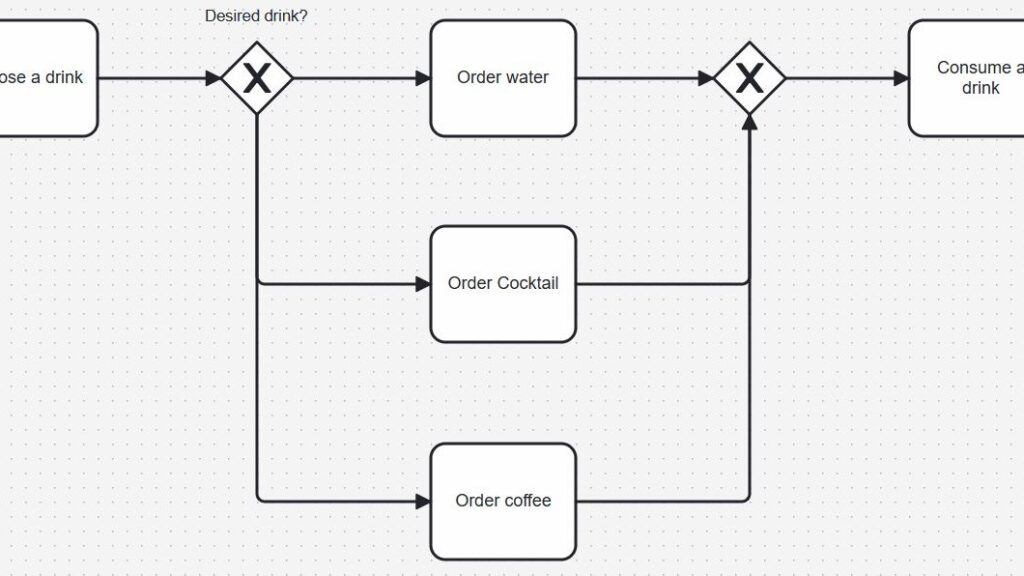Bridging the Gap Between Process Management Disciplines
I’ve noticed something crucial during my years working with businesses and IT teams. Often, these groups struggle to collaborate smoothly. Why? Because they’re approaching business process management from completely different angles. Let me guide you through this challenge and explain how we can bridge this gap effectively.
Bridging the Gap Between Process Management Disciplines Read More »



















